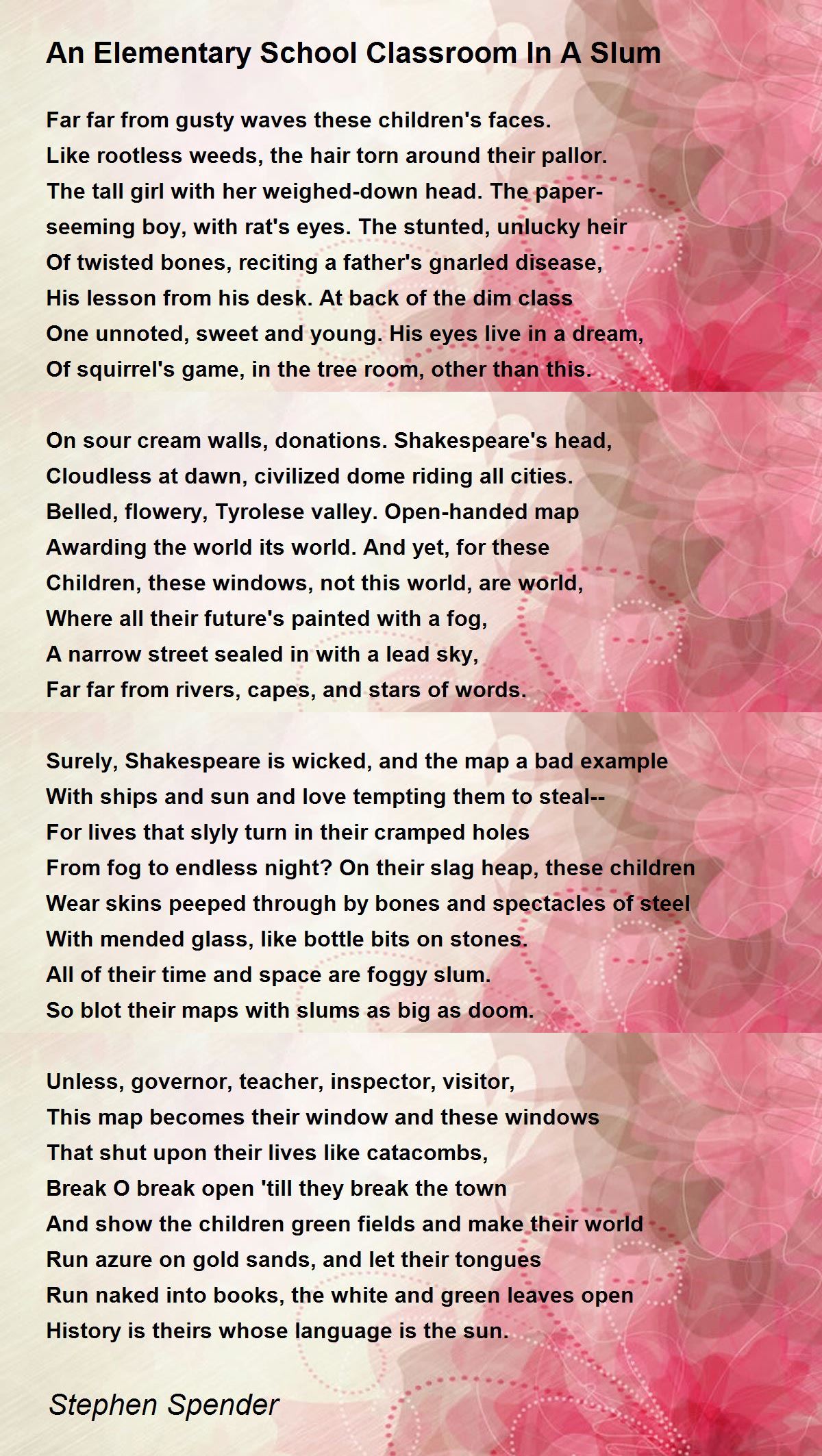

\clbrdrt\brdrdashdotstr\clbrdrl\brdrdashdotstr\clbrdrb\brdrdashdotstr\clbrdrr\brdrdashdotstr \clbrdrt\brdrwavy\clbrdrl\brdrwavy\clbrdrb\brdrwavy\clbrdrr\brdrwavy Thin thick thin border (large)\intbl\cell \clbrdrt\brdrtnthtnlg\clbrdrl\brdrtnthtnlg\clbrdrb\brdrtnthtnlg\clbrdrr\brdrtnthtnlg \clbrdrt\brdrtnthlg\clbrdrl\brdrtnthlg\clbrdrb\brdrthtnlg\clbrdrr\brdrthtnlg \clbrdrt\brdrtriple\clbrdrl\brdrtriple\clbrdrb\brdrtriple\clbrdrr\brdrtriple \clbrdrt\brdrdashdd\clbrdrl\brdrdashdd\clbrdrb\brdrdashdd\clbrdrr\brdrdashdd \clbrdrt\brdrdashd\clbrdrl\brdrdashd\clbrdrb\brdrdashd\clbrdrr\brdrdashd \clbrdrt\brdrdashsm\clbrdrl\brdrdashsm\clbrdrb\brdrdashsm\clbrdrr\brdrdashsm \clbrdrt\brdrdash\clbrdrl\brdrdash\clbrdrb\brdrdash\clbrdrr\brdrdash \clbrdrt\brdrdb\clbrdrl\brdrdb\clbrdrb\brdrdb\clbrdrr\brdrdb \clbrdrt\brdrdot\clbrdrl\brdrdot\clbrdrb\brdrdot\clbrdrr\brdrdot Instead of \brdrs for a single line border you can use the following border types (note that I used \par and \pard to break the rows): Lots of text in row 2 cell two\intbl\cell Since I don't want the text right next to the border I move it in 144 twips (1/10") \clbrdrt\brdrs\clbrdrl\brdrs\clbrdrb\brdrs\clbrdrr\brdrs Unlike a tab, the application will increase the row height to accomodate the text.Īnd you can add boarders to the top, bottom, left and right of the cells
Of course, this could also be done with tabs. The right side of first cell is at 1,000 twips the second cell at 2,000 twips and the third at 3,000 twips. The following will generate a table of one row and three columns. Within a row are cells which end with \cell. Each row begins with \trowd and ends with \row. In the following examples I build a table by defining sequential rows. The rows represented different questions to which the comments applied.Īs you will have observed from the prior examples RTF used a measurement system called twips which are defined in 1/20 of a point, where 72 points are an inch therefore 1440 twips are one inch (72 times 20). The desired database output required three columns, the first of which had the question, the second column had the current period comments and the third column had last period comments. This builds upon the basics in the first example. In HTML messages, however, attachments appear underneath the subject header of a message.RTF - Rich Text Format (.rtf extension) - working with tables Attachments in an RTF message appear as icons within the message body. With RTF, you can format text with bullets, can align text, and can use other options, including adding linked objects. Outlook also automatically formats messages that contain voting buttons, and converts tasks and meeting requests to iCalendar format.

In fact, when you send an RTF message to someone outside your organization, Outlook automatically converts it to HTML, so the message keeps its formatting and its attachments. You can use RTF when you send messages inside an organization that uses Microsoft Exchange, but we recommend that you use the HTML format. Microsoft Exchange Client versions 4.0 and 5.0

Rich Text Format (RTF) is a Microsoft format that’s supported only by these email applications: The plain text format also doesn't support showing pictures inside the message, although you can include pictures as attachments. This format works for all email programs, but it doesn’t support bold or italic text, colored fonts, or other text formatting. HTML is also the best format to use when you want to create messages that look like traditional documents, with various fonts, colors, and bulleted and numbered lists, and when you want to show pictures inside your message. This is the default message format in Outlook. You can choose the format you want depending on whether you’re including bold or italic text, colors, bullets, or pictures in the message body.Įach message format has different benefits. Outlook gives you three message format choices. If the recipient's email program is set to convert messages, for example, then a message you send formatted as HTML could be converted to plain text. How the message appears to the person receiving it depends on their email program. If someone sends you a plain text message, for example, you can reply to that message or forward it by using HTML or Rich Text Format. You can change the format of a message when you reply to it or forward it. Outlook for Microsoft 365 Outlook 2021 Outlook 2019 Outlook 2016 Outlook 2013 Outlook 2010 Outlook 2007 More.


 0 kommentar(er)
0 kommentar(er)
